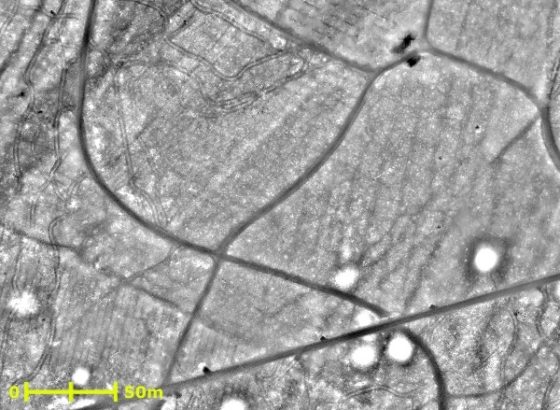Spot an ancient burial mound from your armchair for science


The Dutch landscape is dotted with ancient burial mounds, Celtic fields and cart tracks and eagle-eyed volunteers can now help discover them without leaving the comfort of their armchair.
It may sound like the latest coronavirus related activity for the house bound but it is actually the second time that Dutch heritage organisations and the University of Leiden are combining human visual skills and high tech to mount fieldwork from home.
This time the focus is on the Utrecht Heuvelrug, a ridge of low sand hills, now wooded, that stretches from southeast to northwest across the province.
Project Heritage Quest uses high-resolution elevation maps created by airplanes fitted with lasers (LiDAR) which can pass through often dense vegetation to reveal the telltale signs of activities or structures left behind by ancient populations.
Last year some 2,000 volunteers pored over them to find hundreds of previously undiscovered burial mounds on the Veluwe national park and Celtic fields (ancient agricultural fields) stretching for kilometres.
‘Our main aim is to protect ancient heritage sites but if we don’t know where they are we can’t protect them,’ project leader Eva Kaptijn told broadcaster NOS. ‘We also want to find out more about our prehistoric ancestors, their burial customs and the way they practiced agriculture.’
The previous project showed archaeologists that fields and burial grounds are much thicker on the ground than previously thought. ‘You associate pre-historic times with emptiness, great plains with a village here and there. But it might be that some areas where much more densely populated then we think,’ Kaptijn said.
A potential burial mound shows up on the map as a little ball. Every map is looked at by 30 people to produce the most reliable image, which means archaeologist have to turn to citizen science, or interested volunteers, to do part of the work.
‘We are using citizen science because we simply haven’t got the manpower to do this. And it creates awareness. If people realise the past is in their back garden so to speak it may help to preserve it.’
Thank you for donating to DutchNews.nl.
We could not provide the Dutch News service, and keep it free of charge, without the generous support of our readers. Your donations allow us to report on issues you tell us matter, and provide you with a summary of the most important Dutch news each day.
Make a donation